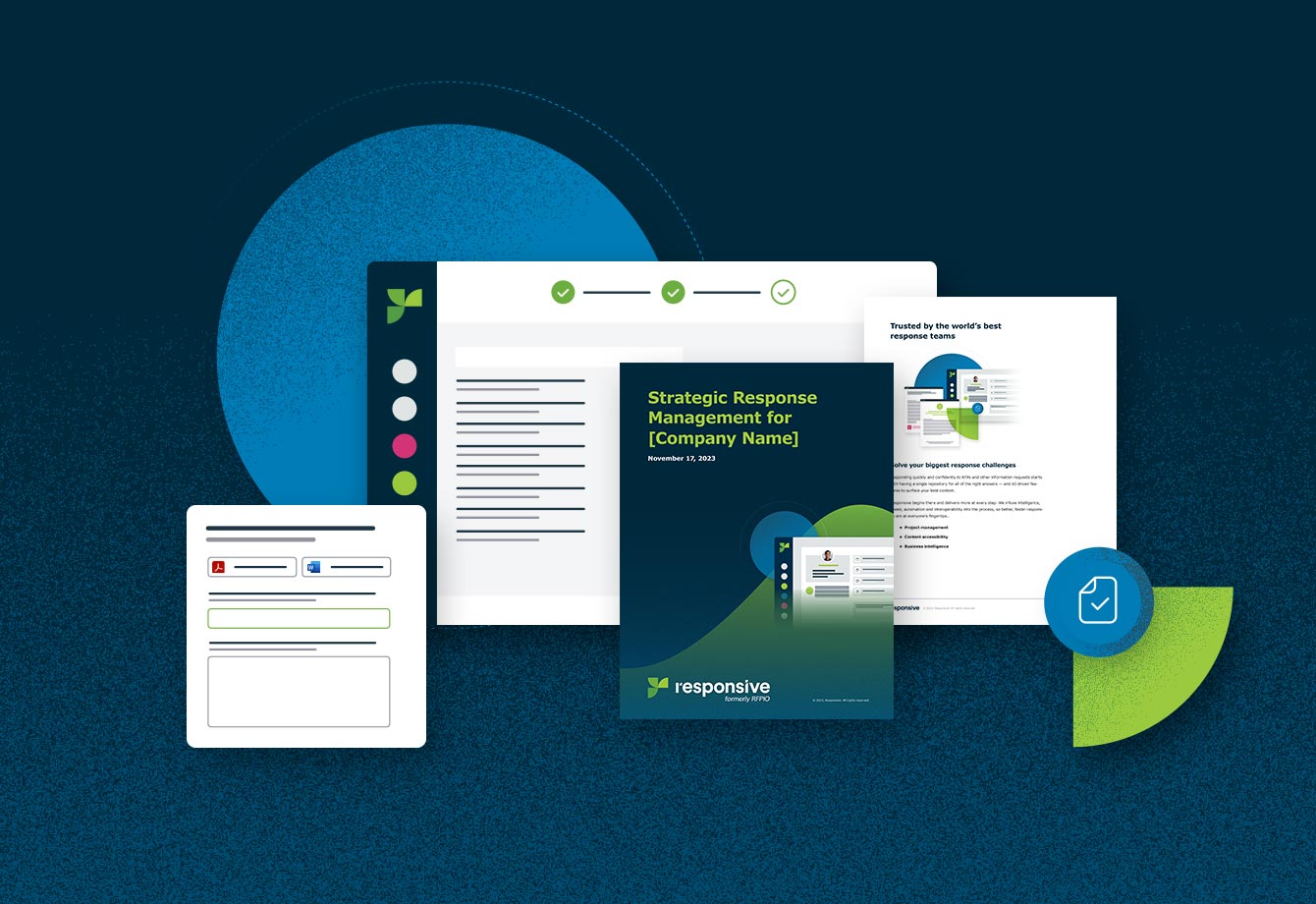
Start Responding Like a Pro
The Responsive blog is full of insights and best practices, giving you the tools you’ll need to streamline your process and respond with confidence.
Featured Post

Competing under pressure: Empower sales reps to deliver winning responses in less time
Sales EnablementAfter weeks or even months of back and forth with a sales prospect, your company finally made the shortlist. Now, […]
Category: Author: Wendy Gittleson

![[Guide] RFP proposal software for small businesses](https://www.responsive.io/wp-content/uploads/2019/12/Blog_1340x920_Image_157.jpg)
[Guide] RFP proposal software for small businesses
Selling & Enablement
Brand storytelling in RFP responses
Templates & guides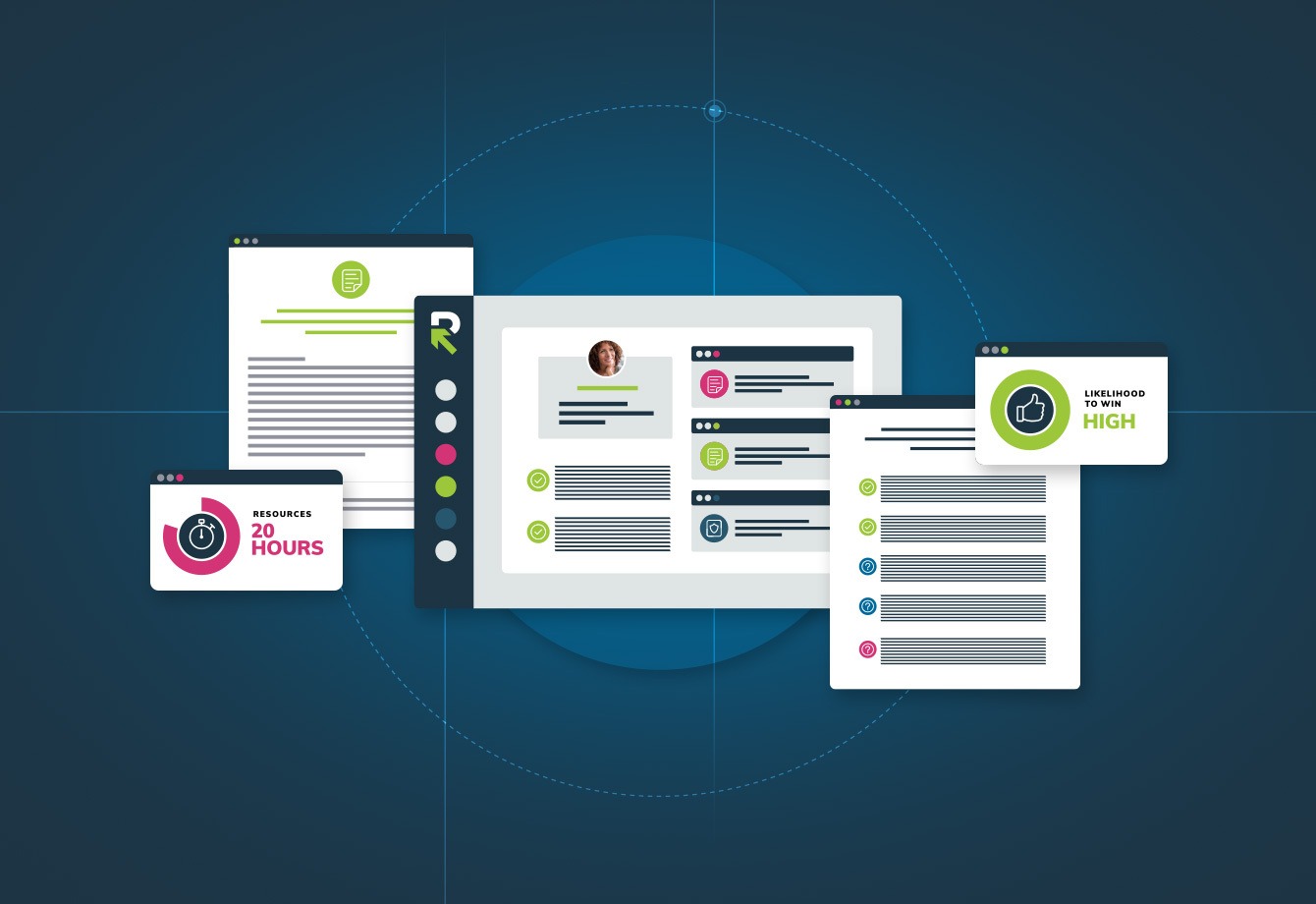
Understanding the RFP response process
Selling & Enablement
Responsive CPO/CIO talks about human-AI collaboration in new UX
Products/Features/Solutions
Everything you need to know about healthcare RFPs
Products/Features/Solutions
Vendor selection process: Reduce stress with these pro tips
Issuing RFPs, Supplier Relationship Management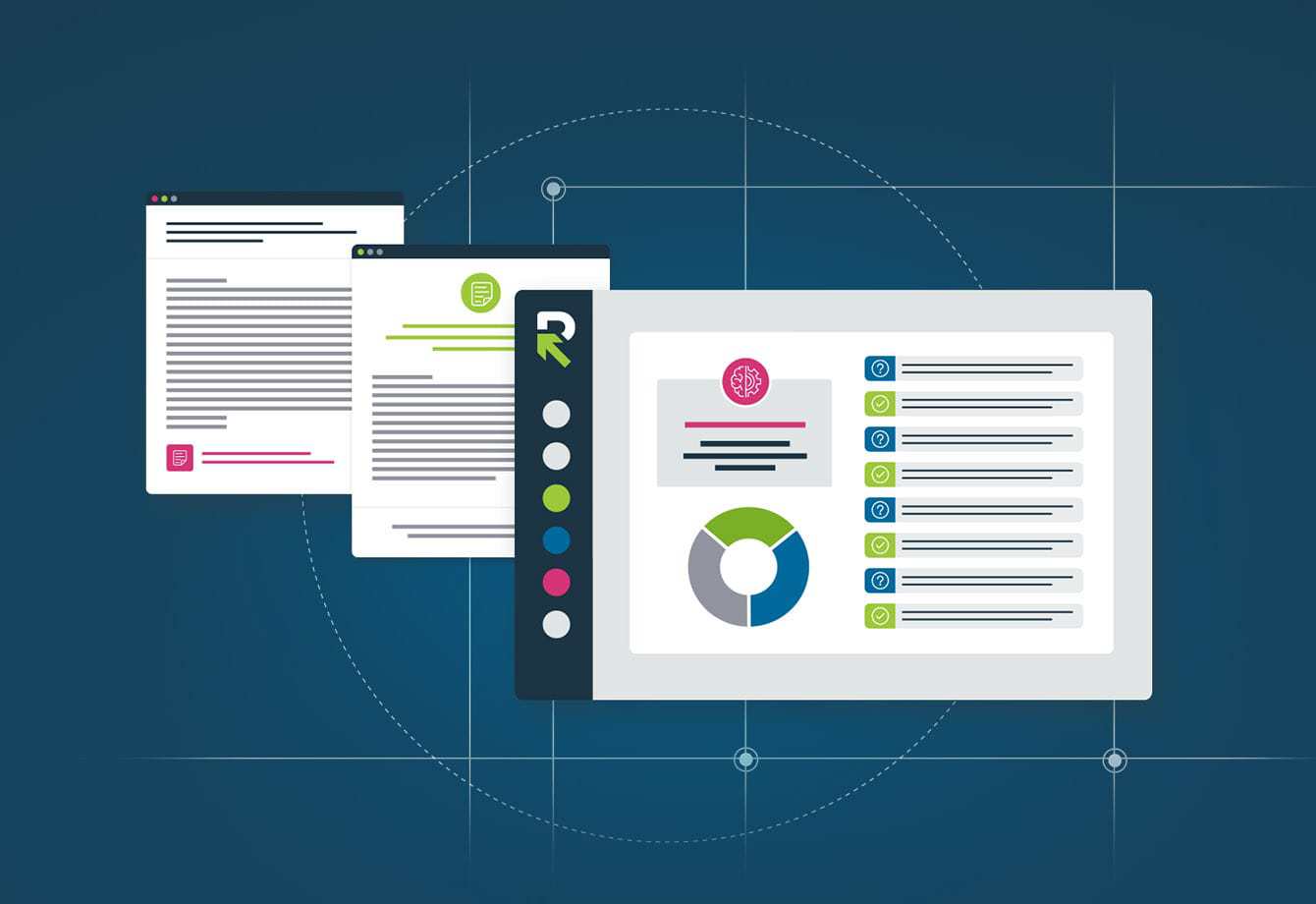
Tender management explained
Product & Best Practices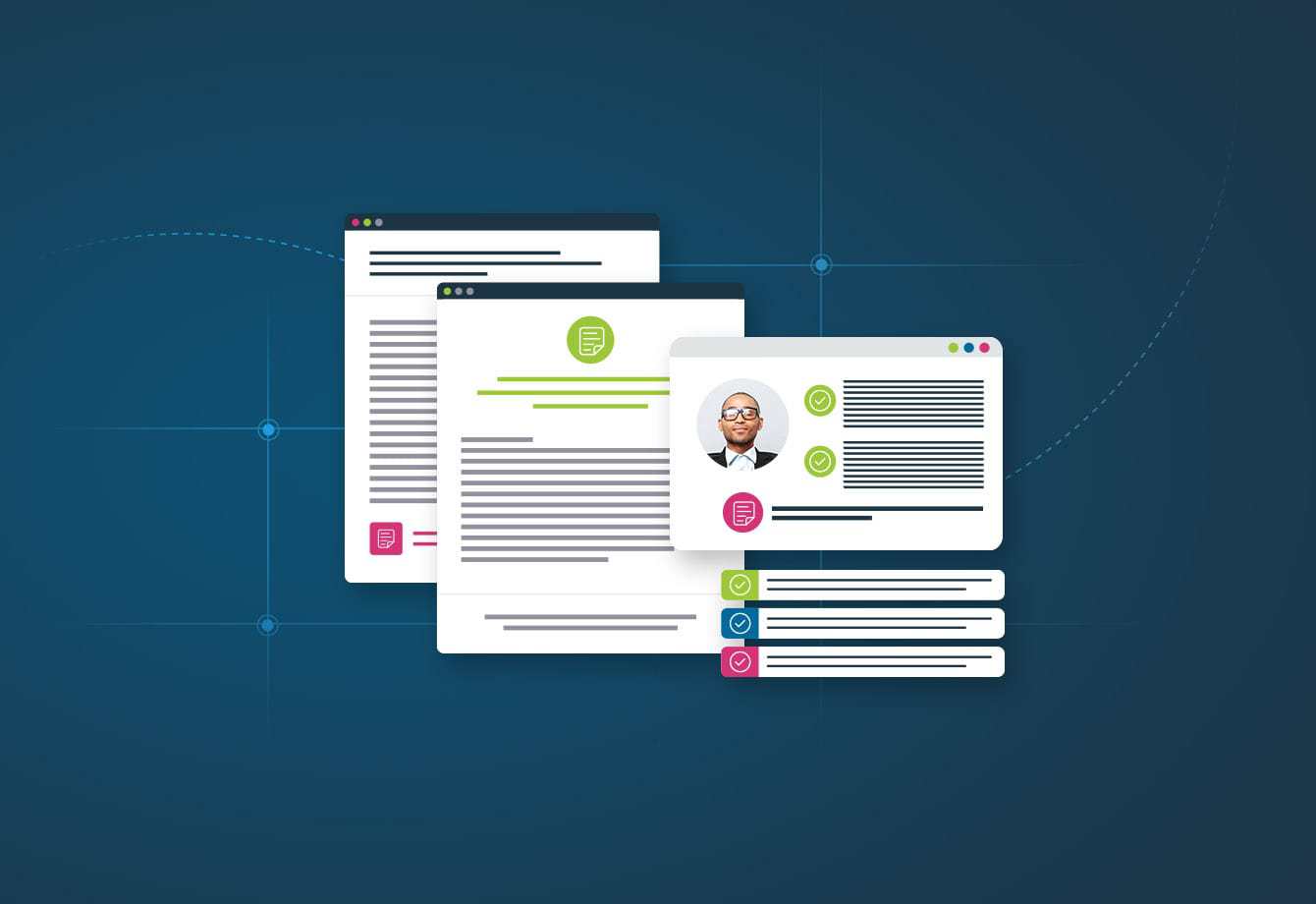
Proposal management: what is it and why it’s important
Productivity
The architect RFP: How to issue and respond
Products/Features/Solutions
Proposal management resource guide
Products/Features/Solutions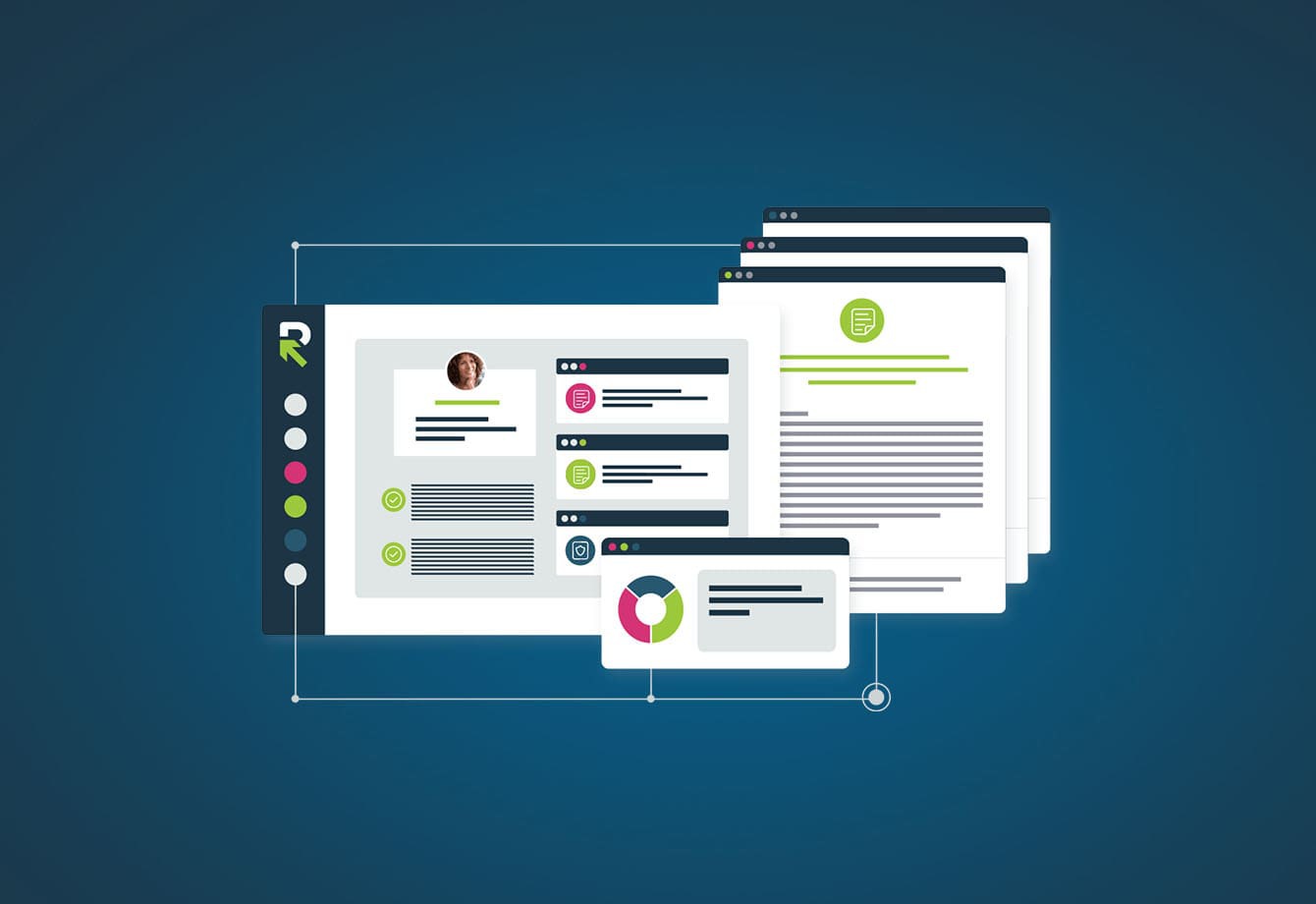
RFP response management resource
Product & Best PracticesSee how it feels to respond with confidence
Why do 250,000+ users streamline their response process with RFPIO? Schedule a demo to find out.